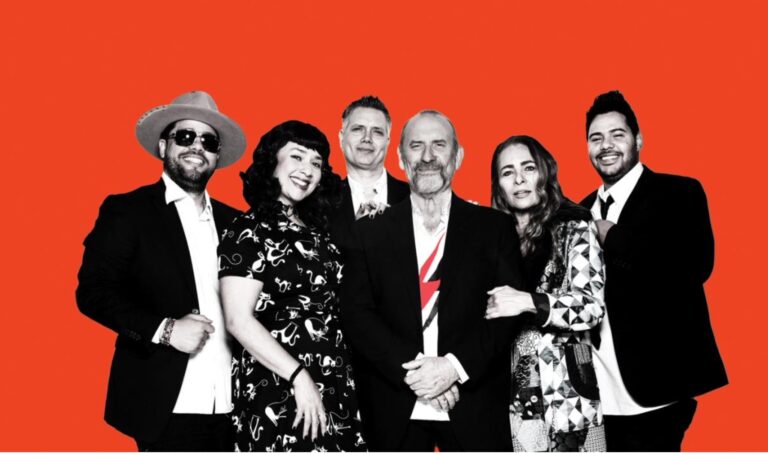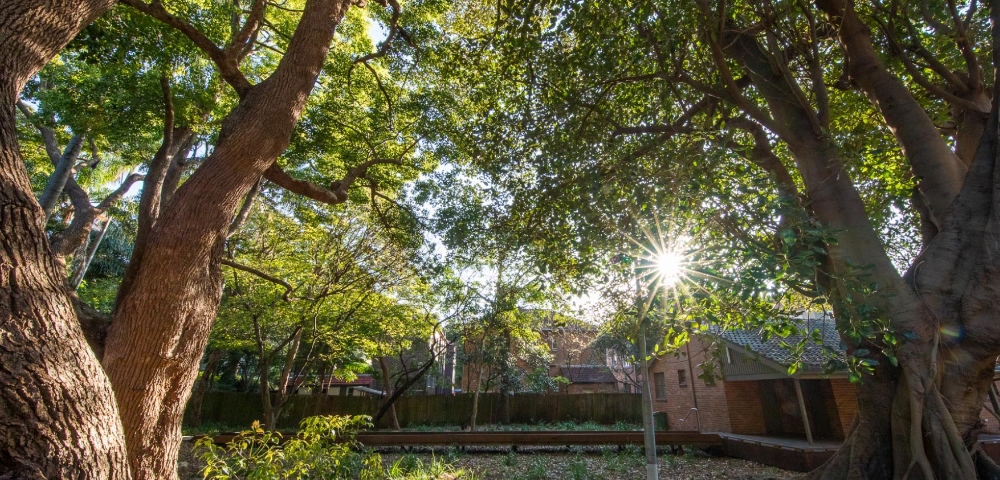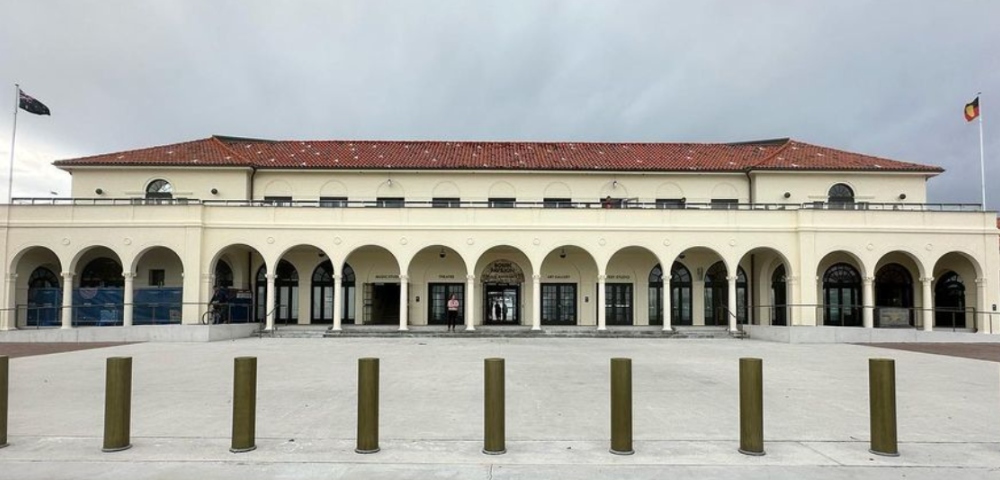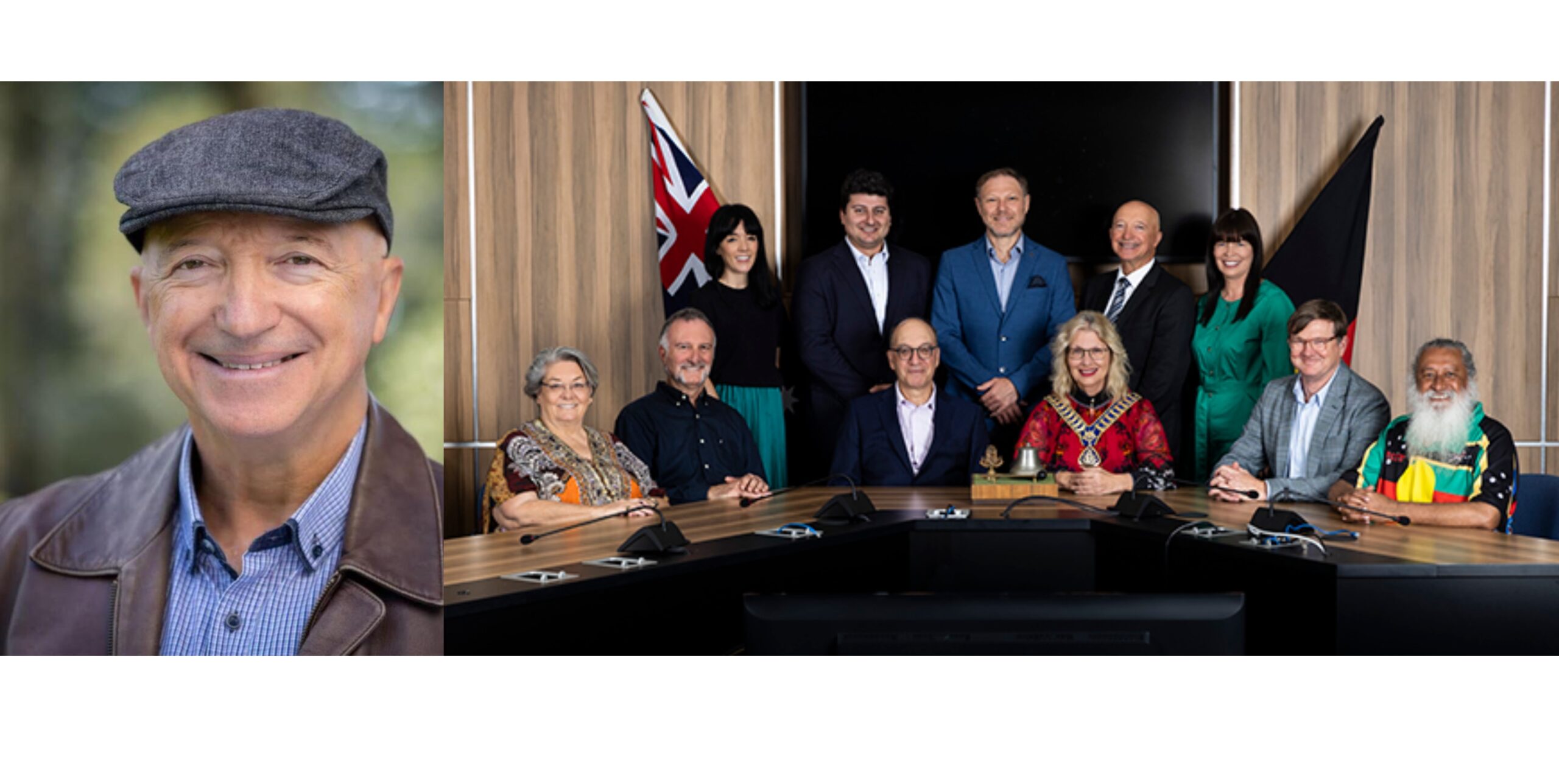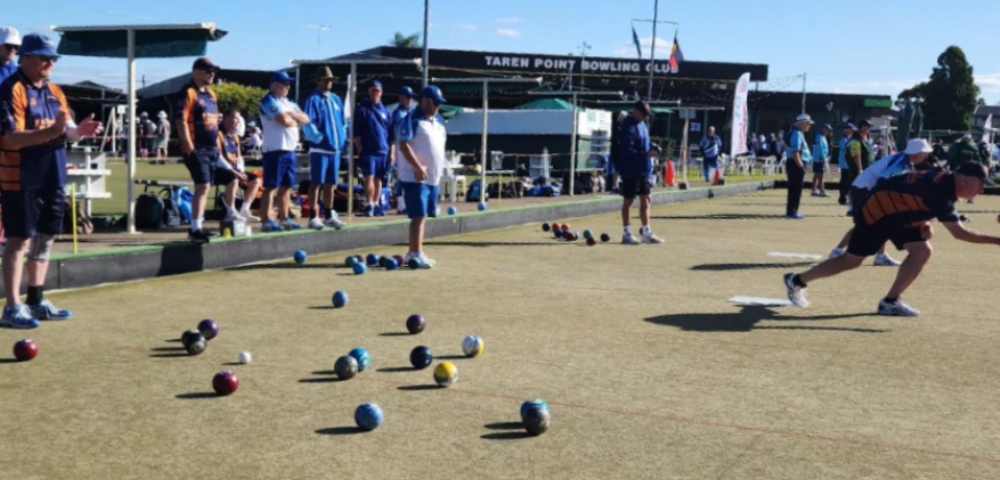
Bondi microplastic audit an “eye opener,” says mayor
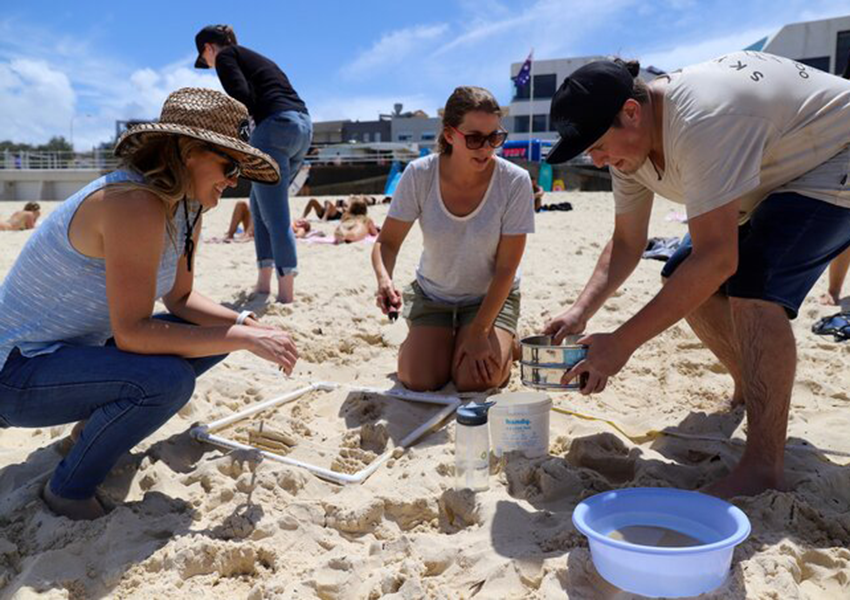
By ALLISON HORE
To amp up their fight against microplastics, the Waverley Council invited a number of local environmental volunteers to a training day at Bondi Beach run by researchers from Ausmap on how to sample and anaylse microplastic pollution.
Microplastics are tiny pieces of plastic debris, generally 5mm or smaller in diameter. Plastic which makes its way into the ocean doesn’t usually decompose, but is instead ground down into smaller and smaller particles.
Despite their small size, these tiny microplastic particles can do a huge amount of damage to the environment. For example, marine animals may mistakenly feed on the particles causing poisoning, digestive blockage or internal damage from abrasion.
Led by marine debris and litter expert, Dr Scott Wilson, Ausmap (the Australian Microplastic Assessment Project) investigates the levels and impacts of microplastic pollution in Australian aquatic environments, like Bondi Beach.
To do this the Ausmap has developed a standardised method to assess and record levels of microplastics on beaches, and they train local environmental groups to be able to carry out these assessments. Among the groups who participated in the Bondi training day were Boomerang Bags, The Wilderness Society, Plastic Free Bronte, and Seaside Scavenge.
Mayor of Waverley, Paula Masselos, said the amount of microplastics found in just a short auditing session on Bondi Beach was alarming and could do serious damage to native fish and bird life.
“The variety of microplastics that volunteers managed to find at Bondi Beach in just a short amount of time was a real eye opener and a sobering reminder of the need to limit single-use plastics and dispose of litter correctly at all times,” Mayor Masselos said.
Problem particles
2019 data collected by Ausmap showed microplastics levels at Bondi beach to be “moderate,” with sampling showing 96 parts per square meter. Areas considered to have high levels of microplastic pollution (that is, levels between 251 to 1,000 parts per square meter), include Watsons Bay, Port Jackson’s bay and Berry Island beach.
Ms. Masselos said councils’ litter reduction initiatives and engagement with beachside businesses around reducing single use plastics has already led to a “very promising” decrease in litter. The most recent litter audit conducted by Waverley Council showed the amount of litter at Bondi Beach has reduced from 27 items per 48 square metres in 2007 to 10 items per 48 square metres.
With only an estimated 18 percent of plastics being recycled in Australia it is no surprise a lot of waste finds its way into Sydney’s waterways. The Australian Government’s National Plastics Plan determined that the most effective way to reduce plastic waste was to phase out the use of single-use plastics entirely. Ms. Masselos agrees.
“This problem isn’t going away, so we need the community to help support the litter reduction efforts of Council by doing the right thing including giving single-use plastics the flick,” she said.


